If you have a baby that has a diagnosed dairy milk allergy, or you suspect they are reacting to milk, you could be eligible to take part in a special study, The Dream Study, which aims to explore desensitisation to cow’s milk allergy.
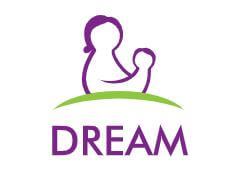
A randomised controlled trial assessing Desensitisation to cow’s milk, following partially or extensively hydrolysed formulae feeding Regimens, in children with Allergy to cow’s Milk (The DREAM study).
https://www.dream-trial.org.uk/
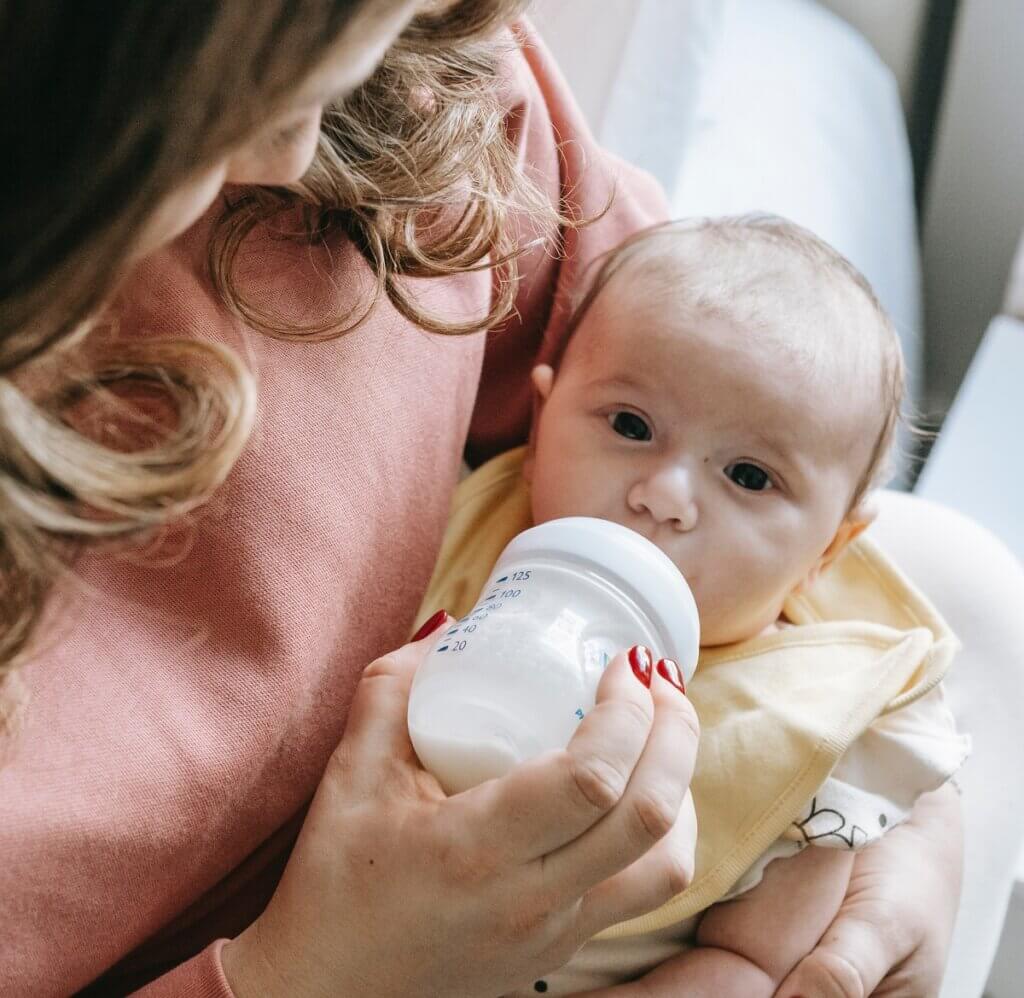
Why are we doing this research?
Cow’s milk allergy (CMA) is a response by the body in which proteins in cow’s milk are recognised as a foreign substance and the immune system reacts to them by developing allergic symptoms. One type of CMA is caused by the immunoglobulin E antibody (called IgE). With this type of CMA, symptoms can appear within minutes of consuming cow’s milk or up to two hours afterwards.
There is currently no standardised treatment for CMA infants
CMA is one of the most common food allergies in infants, however, there is no standardised way to treat it. Current guidelines suggest complete avoidance of all products containing cow’s milk and waiting for the allergy to resolve spontaneously. The ‘Milk Ladder’ is also supported, which involves slowly reintroducing processed milk and dairy products back into the baby’s diet however, the Milk Ladder is not always suitable for all babies with cow’s milk allergy.
Who qualifies for this study?
If you are interested in this study you would need to meet some criteria:
- Baby has moderate to severe cow’s milk allergy
- Infants who do not breast-feed, use an ‘extensively hydrolysed milk formula’ as their main diet.
- Infants who are part breast fed and part hydrolysed milk forumala fed
- Baby is between 6-12 months old
What is hydrolysed milk and how does it help?
The milk protein is broken down to very small bits, so that the infant does not react to it. However, these formulas are expensive, often have a bad taste and they do not help infants to overcome their allergy. The DREAM study will use a ‘partially hydrolysed milk formula’, which means that the milk protein is still broken down but in larger bits. We predict that such a formula, which is cheaper and tastier, will also help infants to overcome their allergy sooner. Infants in the DREAM study will be given either one of these formula milks to be fed freely or will follow a strict schedule (oral immunotherapy), depending on how much they react to cow’s milk.
Will one year of feeding hydrolysed formula milk treat CMA in infants?
The aim of the trial is to find out whether one year of feeding with a partially hydrolysed formula milk is more effective than feeding with an extensively hydrolysed formula milk, as a treatment for 6-12 month old infants with moderate-severe cow’s milk allergy.
How can I get involved with this CMA study?
If you would like to apply for this study, please visit the Dream Study website and complete the short survey. There you can also see the study centres taking part and find out more about what’s involved in the study.
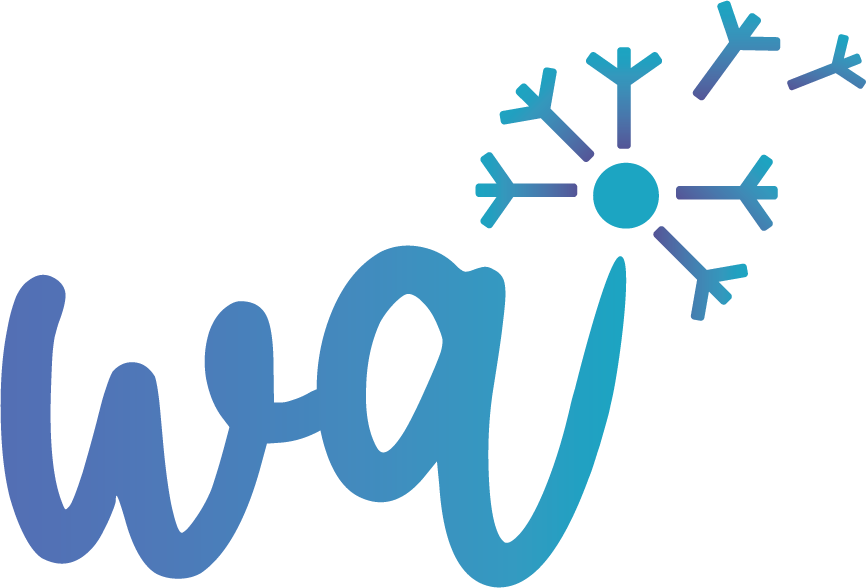


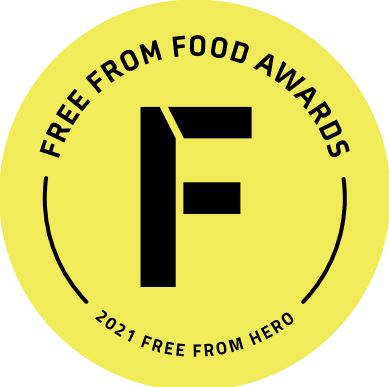


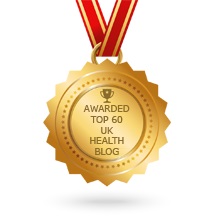


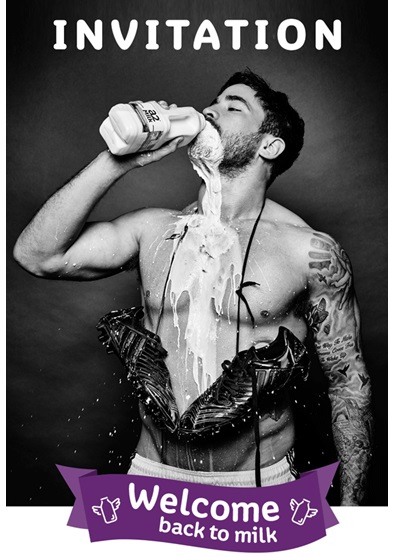
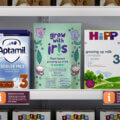
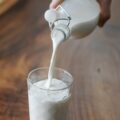
Leave a Reply